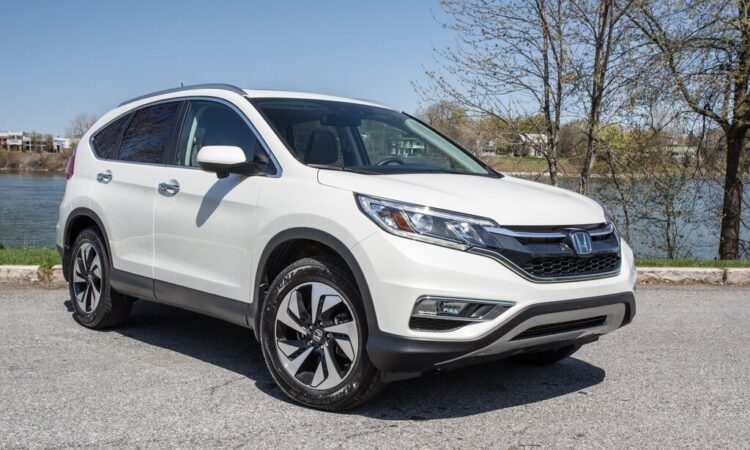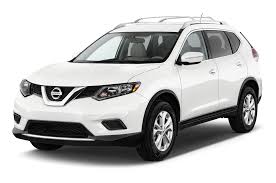
All-weather tires are gaining popularity among a growing number of drivers. These tires offer the advantage of eliminating the need for tire replacement when winter arrives. However, despite their versatility, they are not without drawbacks. Under what circumstances is it advisable to opt for all-season tires?
All-season tires are designed for year-round use, serving effectively in both warm and cold conditions. They function well in summer conditions and can take on most of the responsibilities typically handled by traditional winter tires. The prevalence of mild winters experienced in recent years has led to an increasing preference for all-season tires among drivers.
Notably, the quality of these tires has significantly improved over the years. While early versions of all-season tires had relatively poor characteristics, the latest products from reputable brands now boast parameters that meet the expectations of the majority of drivers—provided they are not subjected to extremely challenging conditions.
Who benefits from all-season tires?
All-season tires become a favorable option when the vehicle predominantly operates within urban environments or on well-maintained roads. The optimal conditions of snow-cleared city streets make all-season tires a superior choice, providing significantly enhanced traction in colder temperatures compared to conventional summer tires. Consequently, individuals such as taxi drivers navigating metropolitan areas often opt for these versatile tires.
Additionally, all-season tires prove to be advantageous for individuals who engage in short-distance driving. This demographic includes older drivers who utilize their vehicles for convenient commuting purposes. Furthermore, convertibles and cars used primarily in the warmer months can also benefit from the practicality and performance of all-season tires.

All-season tires – when to avoid them?
Using all-season tires involves a certain compromise. While these tires are generally suitable for most driving conditions, their performance may fall short on challenging terrain, particularly during the winter. This limitation is especially notable in areas with heavy snow or icy roads, where all-season tires may not provide sufficient traction.
It is advisable to avoid using all-season tires, especially when frequenting snowy or icy roads, such as mountain routes or less-traveled pathways prone to snow accumulation. Consequently, these tires are not favored in northern European regions.
Cheap all-season tires—are they worth it?
When considering all-season tires, some drivers opt for cheaper alternatives. While budget-friendly tires may suffice for basic urban commuting, investing more in higher-quality tires becomes crucial for extensive travel or off-road usage. Premium-class tires, though pricier, offer enhanced safety and contribute to the overall driving comfort of the vehicle.
The cost of all-season tires varies depending on their classification. Lower-end options can be found for as little as 25.54 USD each, but for drivers seeking improved performance, premium-class tires range from 51.08 USD to as high as 510.76 USD per unit. Opting for mid-range all-season tires can provide a balanced solution for those looking for a combination of performance and cost-effectiveness.































































